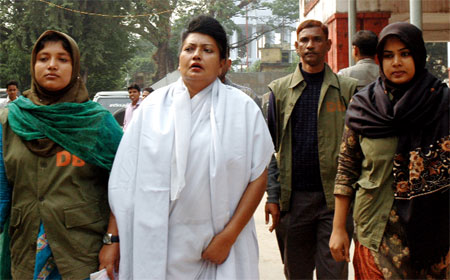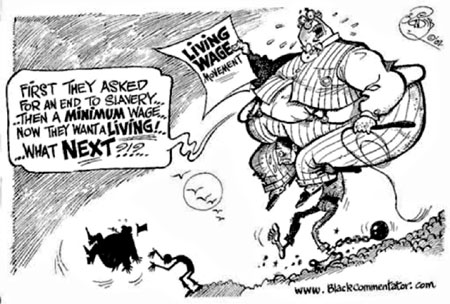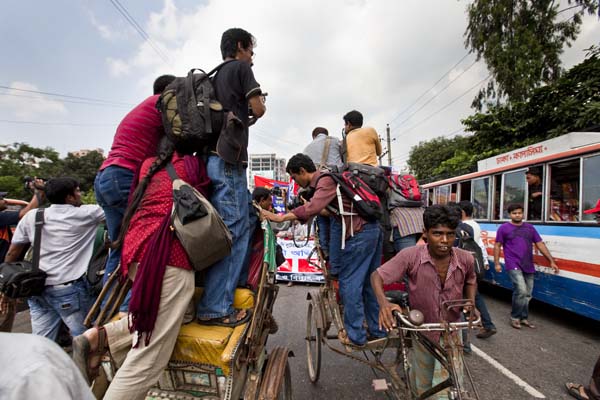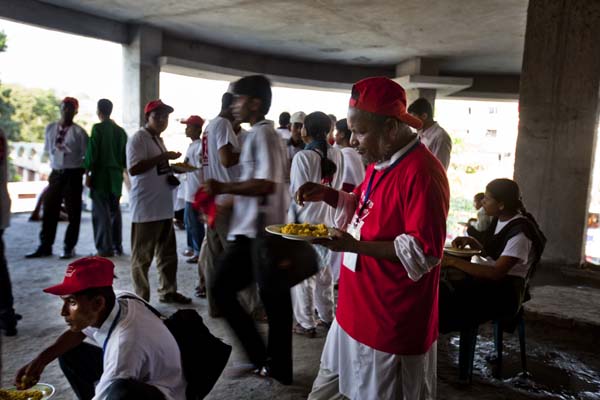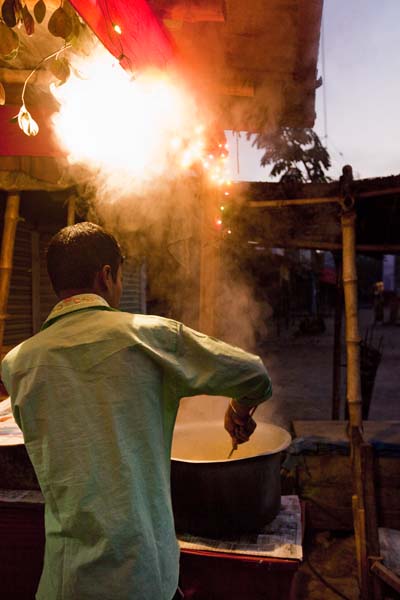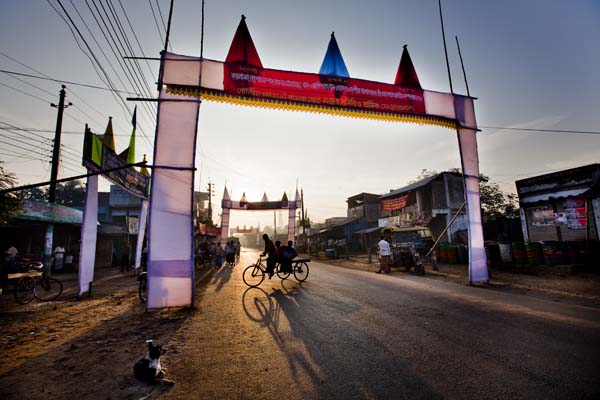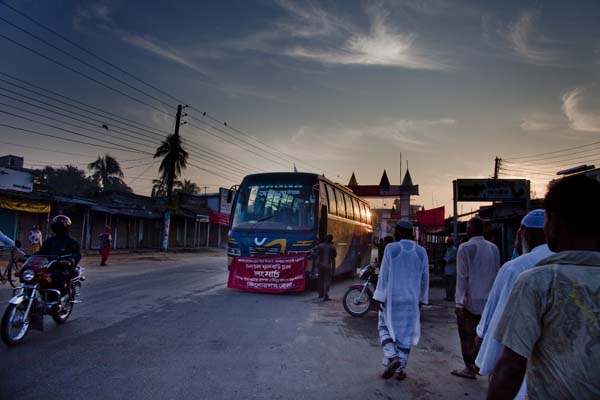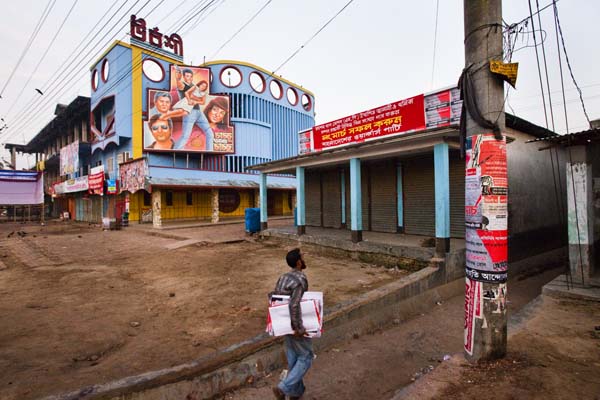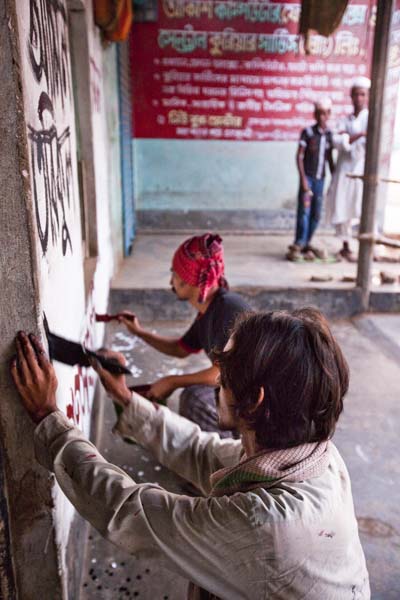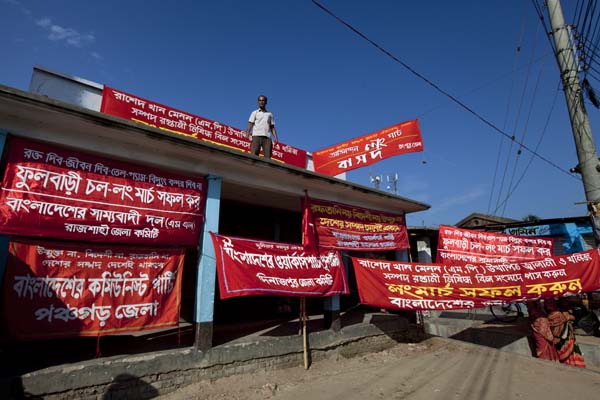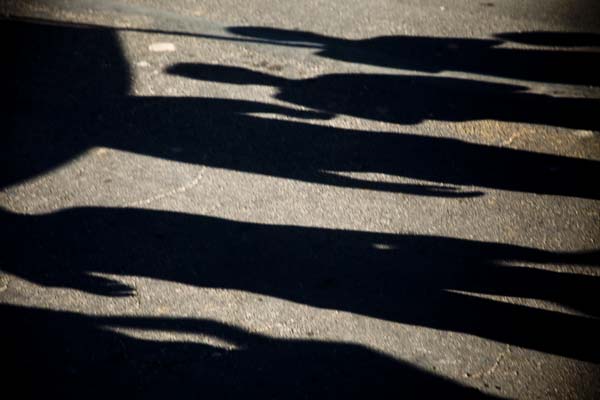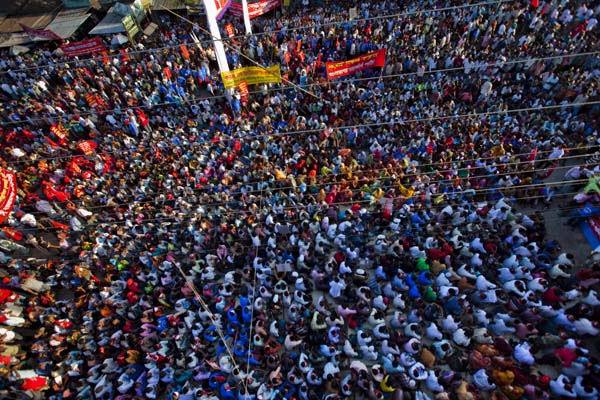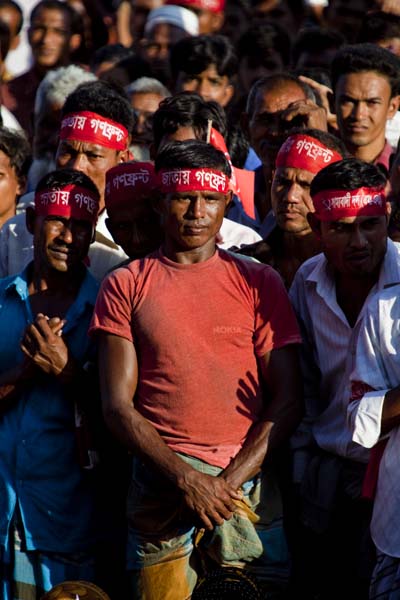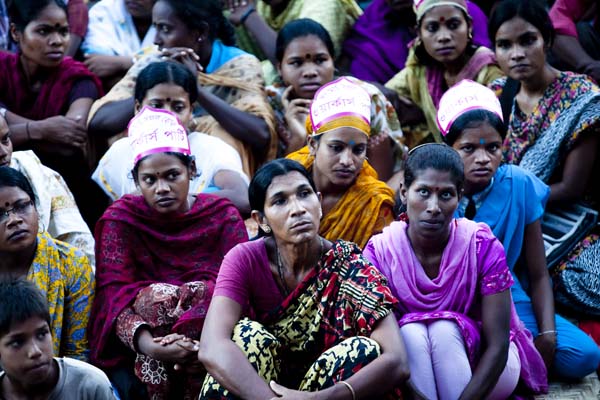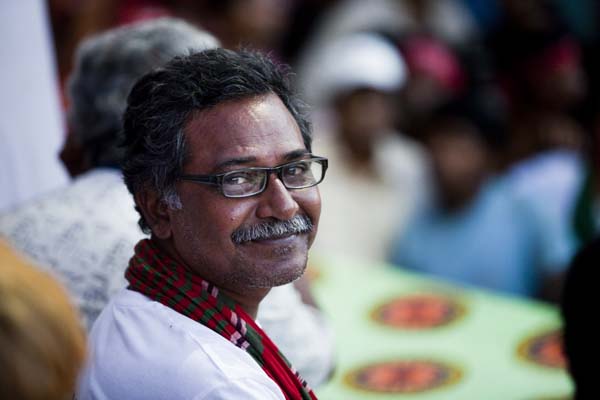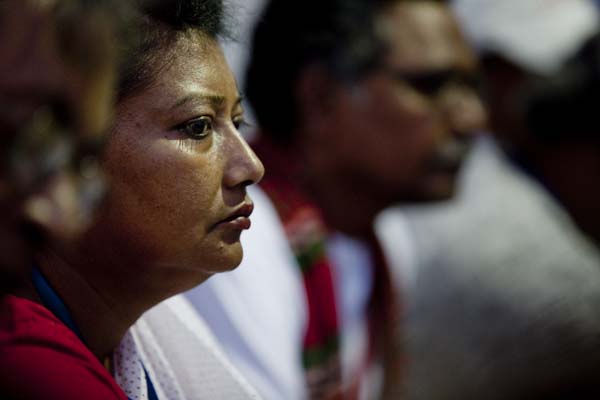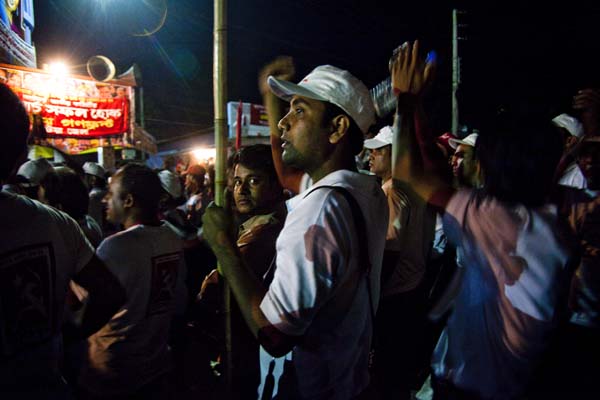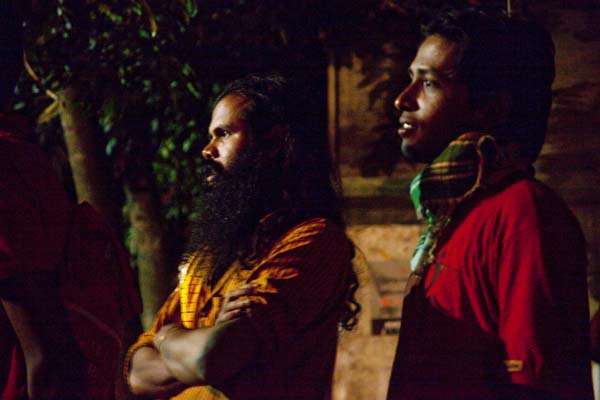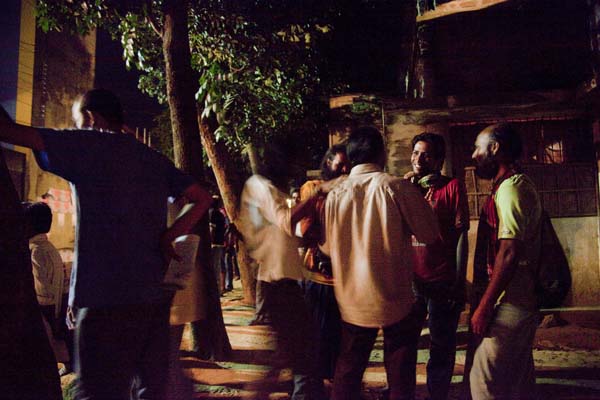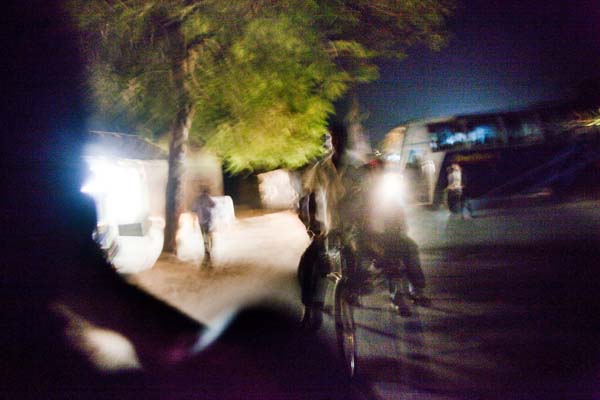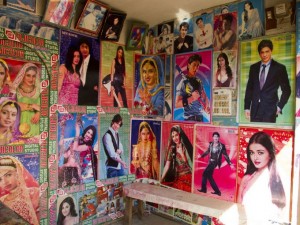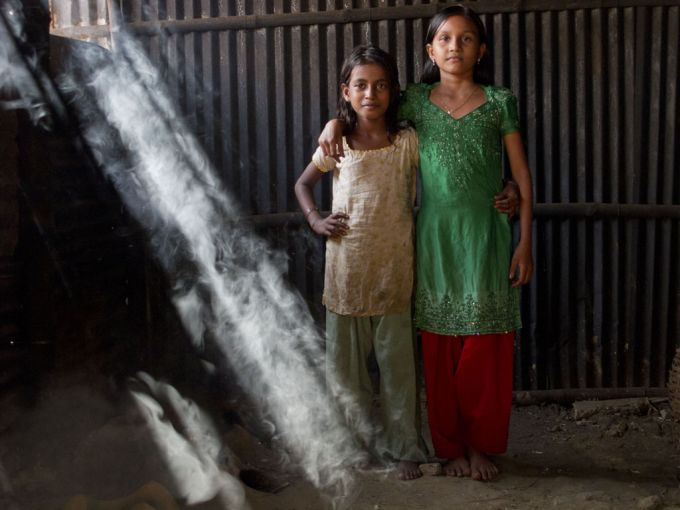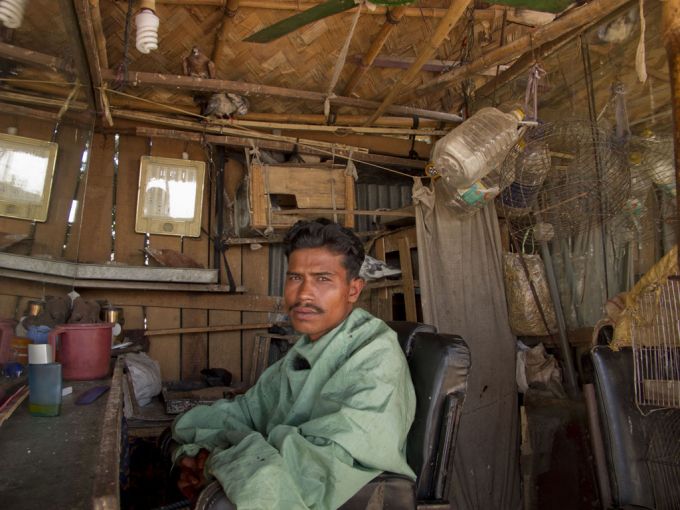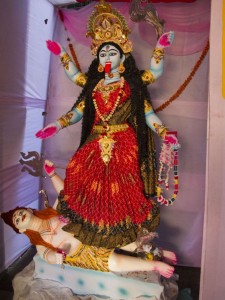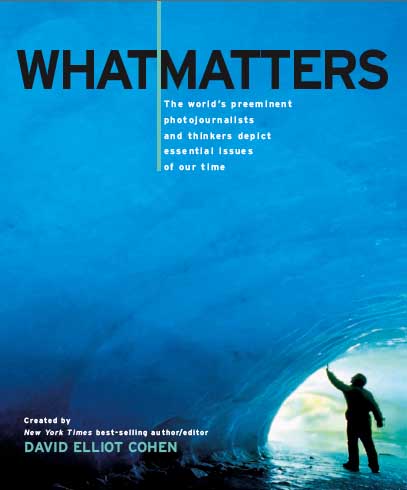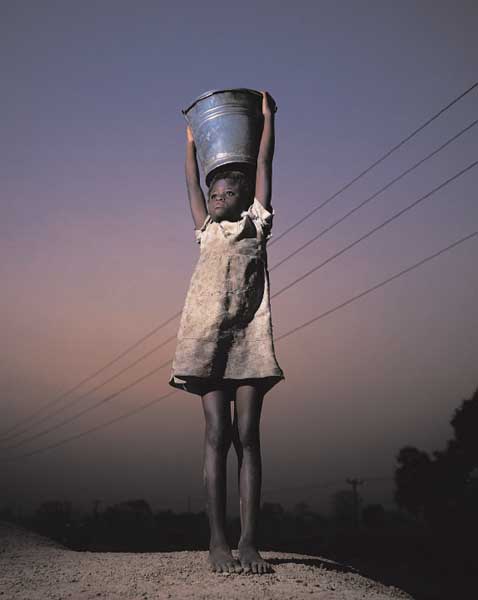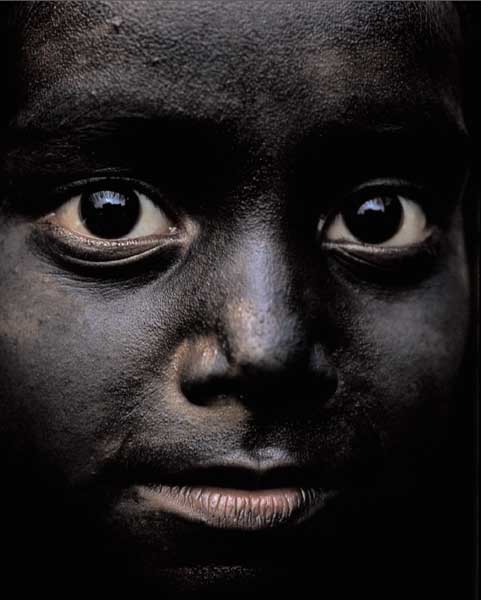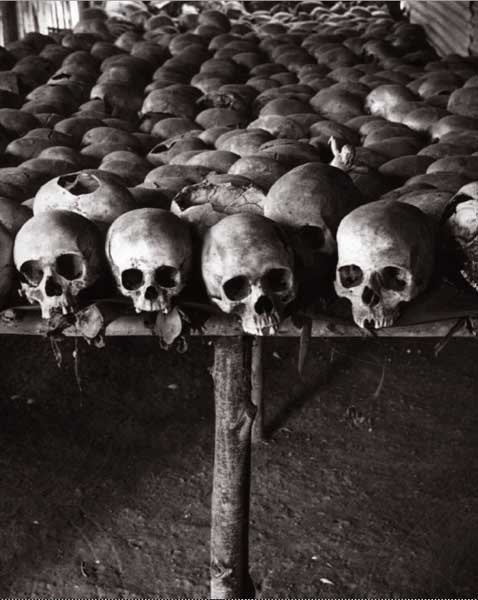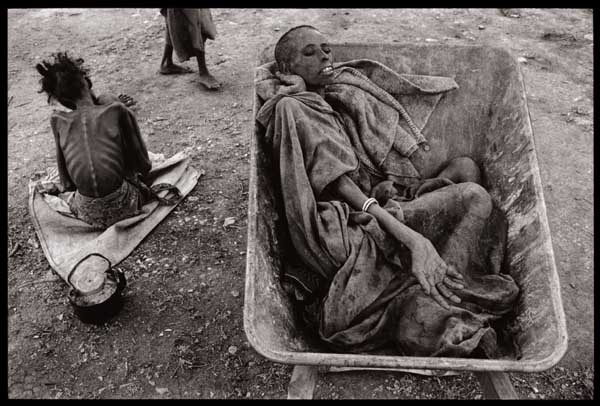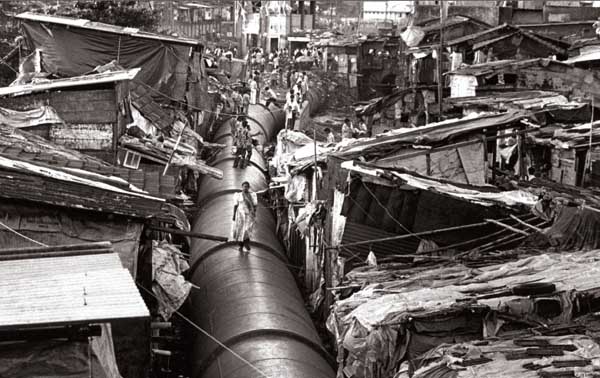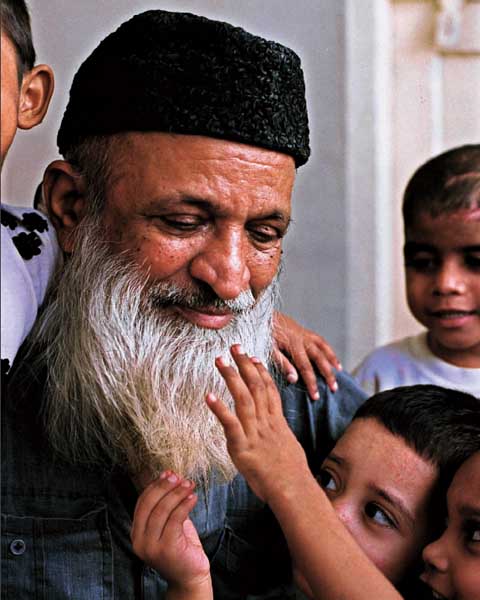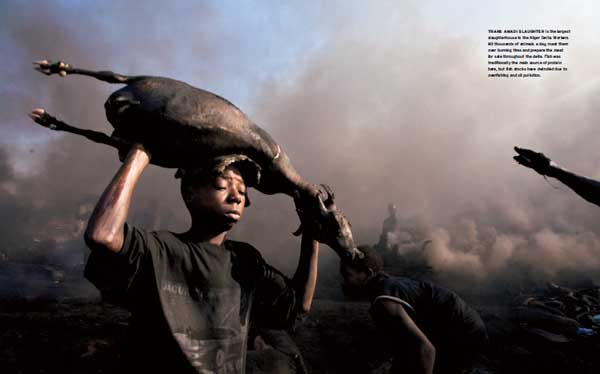Subscribe to ShahidulNews
By Lydia Polgreen
New York Times: January 29, 2011
DHAKA, Bangladesh ? Any other year Muhammad Yunus, the Nobel Peace Prize laureate and a pioneer of microcredit, would be in Davos, Switzerland, this week. For years he has been celebrated at global gatherings like the World Economic Forum there for helping move millions of impoverished women toward a better life through tiny but transformational loans.
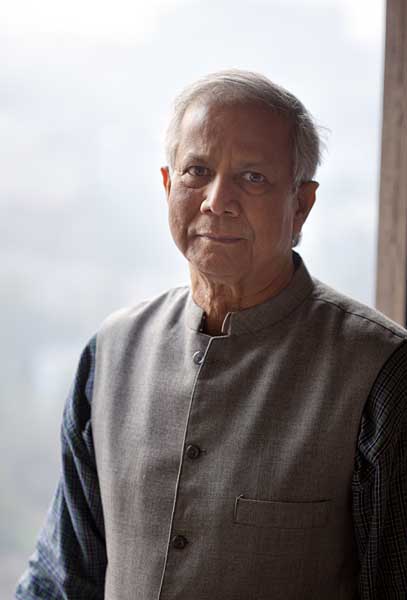
Instead, he was in court again on Thursday, facing accusations, considered frivolous by most accounts, that one of his nonprofit companies adulterated vitamin-fortified yogurt. On Jan. 18, he was summoned to a rural courtroom to face charges of defamation lodged by a local politician.
Microcredit, the idea that Mr. Yunus popularized as a path out of penury for those long excluded from the banking system, has increasingly come under scrutiny. Scholars have cast doubt on its effectiveness in fighting poverty, and politicians and other critics accuse microfinanciers, many of whom, unlike Mr. Yunus, profit from the loans, of getting rich off the poor.
Now, the government of Bangladesh has ordered a wide-ranging inquiry into the microfinance institution he founded 34 years ago, Grameen Bank, after a Norwegian documentary accused him of mishandling donors? money. Norway?s government has said no money was misused. Still, Mr. Yunus?s troubles will deepen what has become a global crisis in microfinance that threatens to undermine the very concept ? small loans to poor people without collateral ? on which his reputation rests.
Long accustomed to adulation at home and abroad, suddenly, at 70, Mr. Yunus, Bangladesh?s best-known citizen, finds himself very much on the defensive. In an interview at his office here, Mr. Yunus seemed stunned and deeply stung.
?There is some kind of misinformation,? he said, his voice trailing off. ?I shouldn?t say more.?
A pause.
?Every word I say will be held against me,? he said finally.
On one level, his troubles seem to be largely political. Mr. Yunus, who leads a spartan life, has for decades floated well above the muck of Bangladeshi politics. Then in 2007, while a caretaker government backed by the military ruled Bangladesh, he waded in, egged on by supporters who argued that his leadership was needed in a time of crisis.
He declared in an interview that Bangladeshi politics were riddled with corruption. He floated a short-lived political party. Bangladesh?s political class did not take kindly to being lectured by the Nobel laureate. The steely leader of one of the main political parties, Sheikh Hasina Wazed, took umbrage, analysts say.
In the 2008 election that restored democracy after a two-year interregnum, Ms. Hasina led her party, the Awami League, back power with a vast majority. Her critics say that in lashing out at Mr. Yunus she is simply trying to eliminate a political rival.
But lost in the talk of politics is a more complex question: how to ensure that Grameen Bank, which has 8.3 million borrowers, has loaned $10 billion and has become an indispensable part of Bangladesh?s social and economic fabric, outlives its charismatic founder? Mr. Yunus is now a decade beyond the bank?s mandatory retirement age, and apparently there is no successor in sight.
Long-serving internal candidates that might have replaced Mr. Yunus as the bank?s managing director after his retirement have departed acrimoniously.
The government recently appointed one of his former deputies, Muzammel Huq, as chairman of the board. Mr. Huq has been a vocal critic of Mr. Yunus, and the promotion of a former underling has been taken as a sure sign that the government seeks to oust the bank?s founder.
?I think he is a good man with a small heart,? Mr. Huq said of Mr. Yunus. ?He cannot give credit to anyone but himself,? he added, with a wan smile at his pun.
Microfinance experts worry that a government takeover of Grameen Bank may turn it into a tool of political patronage and destroy it. Mr. Yunus said that he was eager to step down, but that the transition must be handled carefully to avoid panic among borrowers and the bank?s employees.
?I am riding the tiger,? Mr. Yunus said. ?I cannot just get off the tiger without drawing the attention of that tiger. So I have to very quietly do it.?
The Norwegian documentary accuses him of improperly moving $100 million that has been donated by Norway for microcredit to another Grameen nonprofit organization. The Norwegian government later confirmed that the money had been improperly moved, but it cleared Grameen of any wrongdoing.
Continue reading “Microcredit Pioneer Faces an Inquiry in Bangladesh”

